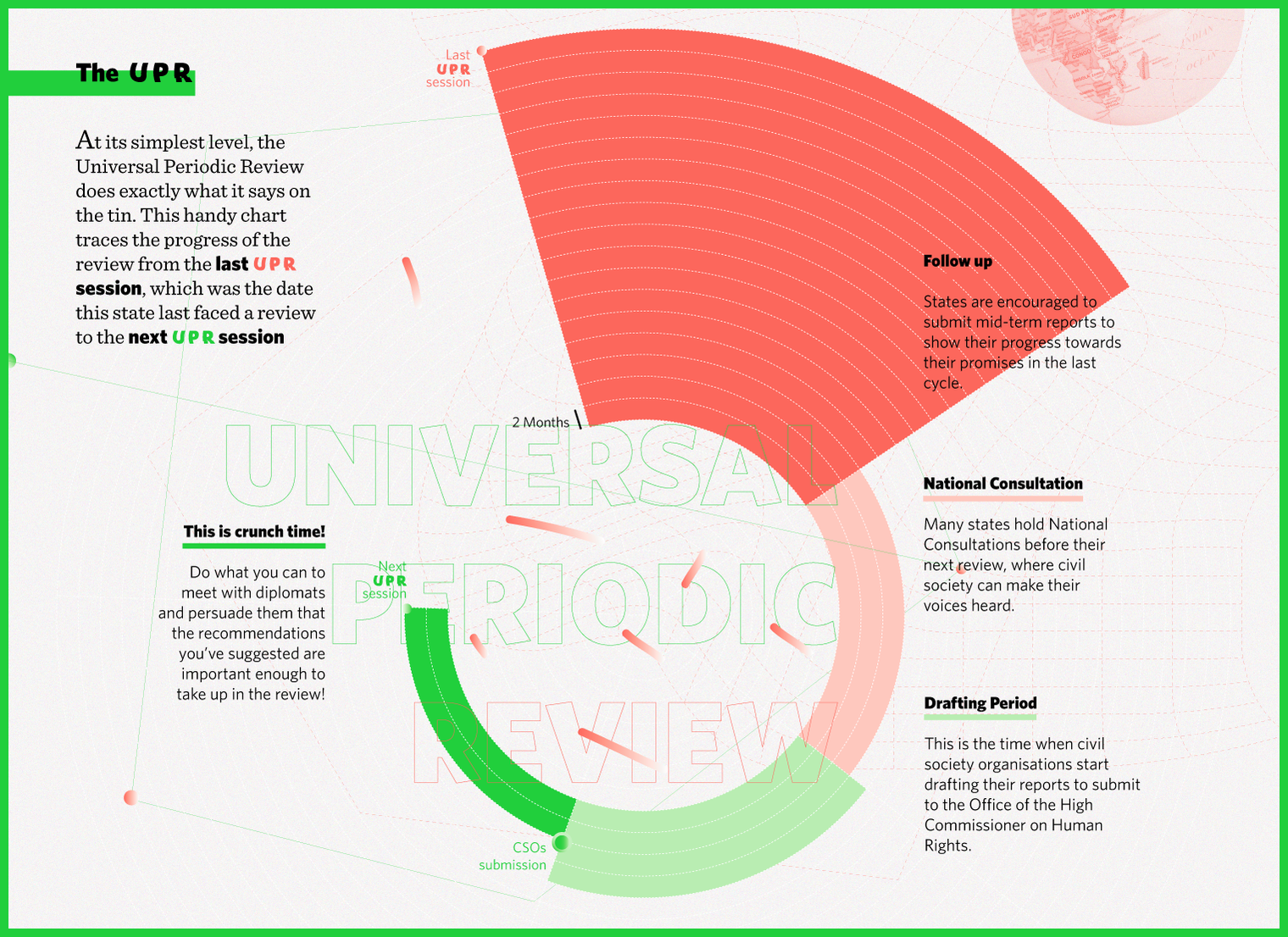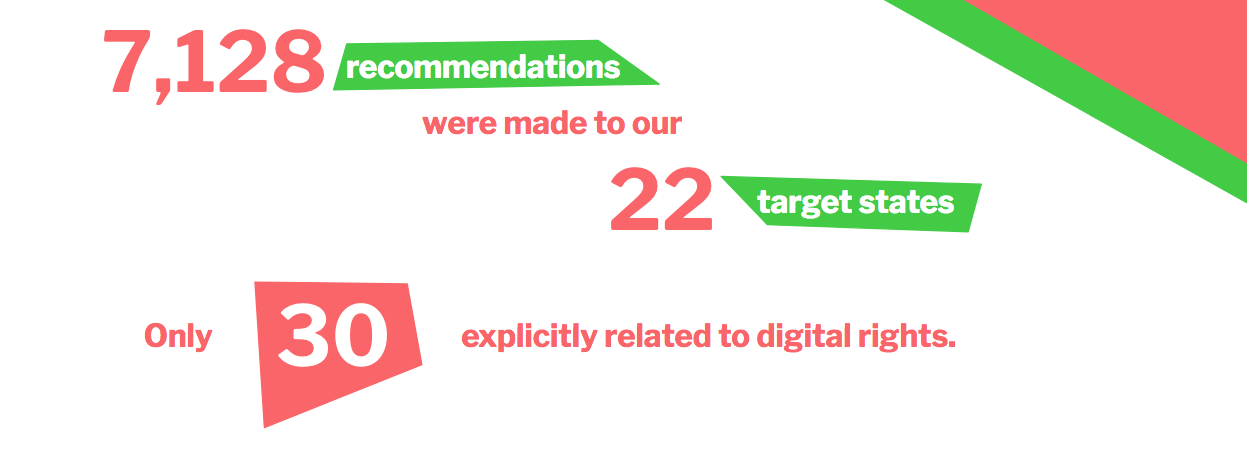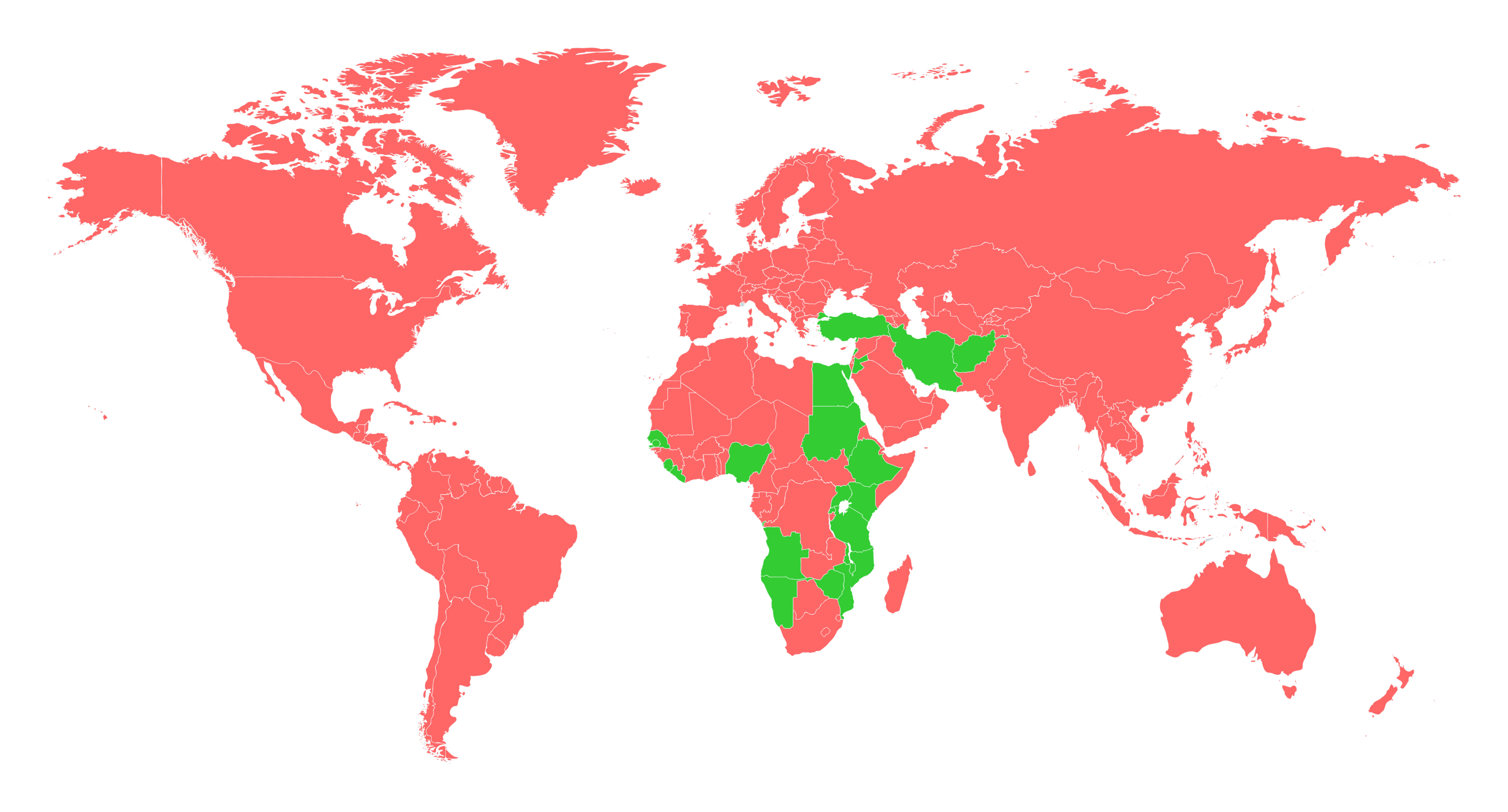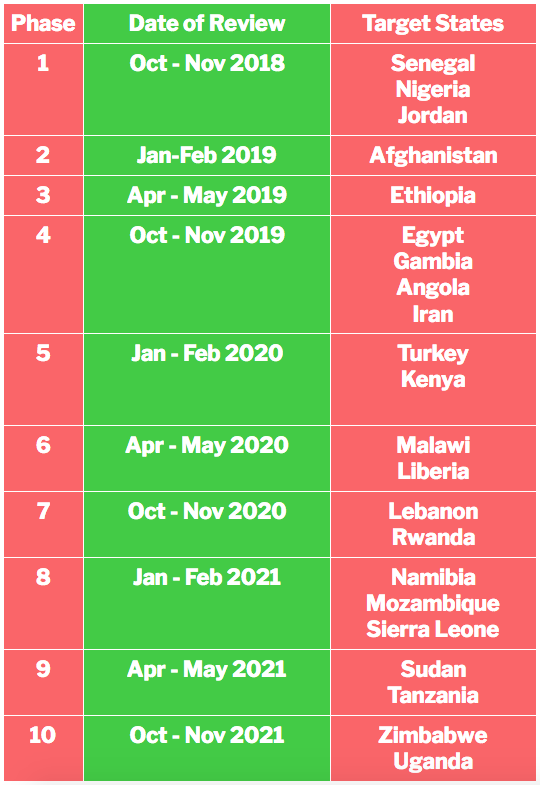Welcome to UPROAR!
Hey there! In this blog, Small Media introduces its new project aiming to put digital rights firmly on the global human rights agenda. Want to get involved?
James Marchant, Small Media
September 24, 2018
Hello, and welcome to our new series of blogs in support of UPROAR — a new project from Small Media that’s looking to put digital rights at the top of the global human rights agenda at the Universal Periodic Review!
Digital rights are human rights — this argument has already been settled. Back in June 2016, the UN passed a resolution affirming the notion that all human rights enjoyed offline should also be guaranteed online.
Despite this, it’s no secret that digital rights are in crisis globally. Threats of state surveillance, censorship and malicious attacks are more widespread than ever before, and it’s time that the full capabilities of international human rights mechanisms were deployed to help stem the tide.
That’s where UPROAR comes in. Collaborating with a broad coalition of digital rights organisations across Sub-Saharan Africa, the Middle East and Central Asia, we’ll be using the Universal Periodic Review to ensure that states are held to account for their record on upholding human rights online.
So, what is the Universal Periodic Review?
We’re glad you asked! The Universal Periodic Review (or UPR) is a UN human rights mechanism that operates under the umbrella of the Human Rights Council.
To put it super simply—it’s Universal, it’s Periodic, and it’s a Review.
It’s Universal because every single UN Member State gets their human rights record scrutinised over the course of a UPR cycle. At the same time, every single Member State is able to take part in the review process for other states.
It’s Periodic because each state goes through the process every five(ish) years. This period is known as a ‘cycle’.
And it’s a Review because it’s a comprehensive peer review of a country’s entire human rights record — the full shebang, from minority rights, to gender equality, to freedom of expression and children’s rights.
And the full cycle looks something like this:

Based on its human rights record in the preceding cycle, the State Under Review (or SuR) receives policy recommendations from other states — known as Recommending States (or RSs) — to help guide them to improve their human rights record over the next four-and-a-half year cycle.
The State Under Review can ‘Support’ a recommendation made by a Recommending State, meaning that they promise to implement the proposal over the next cycle, or…
…they can ‘Note’ it. This is polite diplomatic language for ‘Nope, seeya!’ These rejections still provide rallying points for campaigners at home, and force the State Under Review to address rights violations.
Okay, got it. So what’s UPROAR trying to do?
The main problem is that digital rights haven’t typically made it onto the agenda at the UPR up until this point.
In the 22 countries we’re focusing on in UPROAR (more on those later), only 22 out of a total 7,128 recommendations from the previous cycle make explicit reference to digital rights.
Our job is to help change that, but we need you to get involved!

I’m in! What can I do?
At the moment, UPROAR is working in the following 22 countries:


Why isn’t my country on the list?
We’re sorry! UPROAR will run until early 2022, and so we’re only working on those countries with a UPR review session scheduled until the end of 2021. This way, we can ensure we have time to support participating digital rights advocates through the review process, and with their campaigning efforts following the review.
If your country isn’t on this list, we’d still love for you to get in touch to see if there are opportunities for us to work together.
So what are you offering, and how can we get involved?
The UPR is a long process, with lots of different opportunities for engagement that are currently being under-utilised. We want to change that, and help you to engage with the process at every stage! We’ll take you through all of this in our second blog post, available here. See you there!